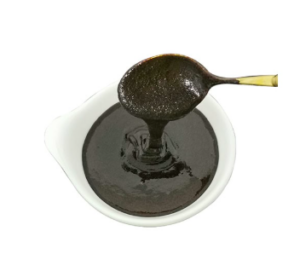Table of Contents
Toggle8 Diving Instructions For A Safe SCUBA Diving
How to have a vacation full of memories? Participating in SCUBA (Self-Contained Underwater Breathing Apparatus) diving may become the most enjoyable thing you can do on your vacation! Knowing diving instructions is a must if you want to go diving. It will help you become familiar with the diving process. In this article, we will walk you through the most important instructions so that you can start your enjoyable scuba diving trip. Whether you are new to scuba diving or already have relevant experience in scuba diving, this article will be helpful to you.

1.Get a certified instructor to go through diving instructions
Having a diver’s certification will allow you to go diving whenever and wherever you choose without the assistance of a dive master. If you’re not a professional diver, get enrolled in a certified provider that provides scuba diving instructions and skilled diving instructions to you. Underwater diving is not as easy as swimming on the surface. You have to make sure that you and your surroundings remain safe, as well as various external factors, and it is necessary to learn professional diving instructions. However, it is a precautionary diving instruction that you are diving in a group — solo scuba diving may lead you to life-threatening risks.
2.Buy or rent safety gear complying with diving instructions
Buy scuba diving equipment like wetsuits, 1-liter scuba tank set or mini oxygen tanks, scuba diving compasses and gauges, scuba diving regulators, scuba weights and belts, scuba diving buoyancy BCD, snorkeling fins, snorkeling masks, etc. from a well-reputed store to be confident over the instruments’ quality.
You may rent scuba diving equipment to go through diving instructions when you are diving infrequently.
3.Not holding your breath: A pro-diving instruction
Try to inhale and exhale with normal frequency as it’s a vital instruction to stay safe while diving.
Divers who hold their breath for extended periods may develop transpulmonary capillary pressure increases, during a breath-hold dive, the water’s increasing pressure compresses the chest and lungs. resulting in noncardiogenic edema and/or alveolar hemorrhage.
Holding your breath during a dive is a very unwise and dangerous act.
4.Dive within your limits with a mini scuba oxygen tank
Diving is fun, and it’s a common phenomenon that divers tend to forget their limitations. Taking too much risk may put you in a dangerous situation. While an instructor may help you get out of risk, it is still an unwise move.
Our diving instructions also suggest that divers should take into account the fact- fluctuations in surface conditions, temperature, and current of the diving zone. Don’t hesitate to postpone or change the diving plan if you feel your healthy is not fit enough to dive or the location seems rough.
5.Stabilize your body posture during scuba diving
The blades of your fins should be paralleled to your body with the ankle relaxed, so your calves are slightly above your back.
Underwater, your hands have no contribution to your propulsion. If they are not in use, you can hold a gauge or a light, they should be held in a streamlined position to make your movement smooth.
6.Don’t consume much energy
You should reduce your movement, dive warmly, and relax while diving. The effects of stress and strenuous physical activity could cause you to consume more energy. And you may end up running out of air much before you expect.
7.Descent and Ascent in diving instructions
While the U.S. Navy, and the National Oceanic and Atmospheric Administration (NOAA) are using and recommending a rate of 30 feet per minute. No matter what ascent rate you choose between the ranges, it is most important to maintain good control over your descents and ascents.
8.Learn the special hand signals for underwater communication in diving
Underwater diving instructions also include a few hand signals for divers’ communication as the only medium of connecting divers in need. It is important that you are sharing these signals with other divers, and more importantly, make sure divers are using the prescribed signals.
0




